It may not be quite as old as the hills, but the public transit line from downtown Oslo to the Holmenkollen Ski Jump and beyond has served the city and its visitors for more than a century. Now it’s had a major upgrade, completed just in time for the Nordic Skiing World Championships this winter.
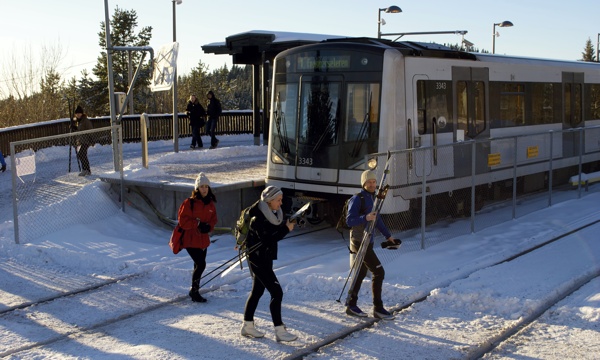
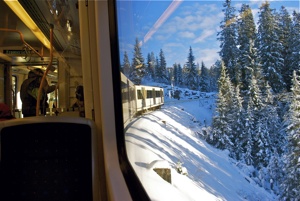
The transit line called Holmenkollbanen reopened this week after being closed for modernization for more than a year. It can now be serviced by the modern, comfortable metro-style trains that have been introduced in Oslo over the last couple of years.
The upgrade is a crucial part of plans for the upcoming Nordic Skiing World Championships, as the new high-capacity trains are supposed to transport the majority of spectators from the city up to the new ski jump and sports complex in Holmenkollen.

However, the upgrade should also mean better days for local residents, with faster and more frequent service. While most of Oslo’s mass transit system has been improved in recent years, the Holmenkollbane, with its historic station buildings, short platforms, sharp curves and slow going, has looked increasingly like a museum railway. At the same time, roads in the area are narrow and often clogged, presenting residents with a traffic nightmare and slowing down replacement buses. Clearly the metro has been missed, but these locals are still the lucky ones: Similar upgrades of another important transit line, Kolsåsbanen, has been dragging on for almost a decade.
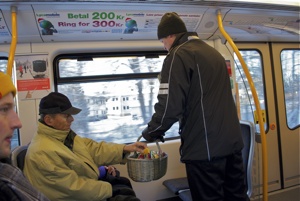
On reopening day, traffic staff were handing out chocolates to passengers, many of them skiers heading to the hills. But that was only after King Harald and Oslo’s mayor Fabian Stang boarded the very first train. Some speculated whether the king paid for his ticket, while others joked that he might be a user of Flexus, Oslo’s scandal-ridden and expensive ticketing system. It later emerged, though, that the mayor actually paid for the royal journey.
The king’s train ride was a carefully planned remake of a famous trip made by his father, King Olav, during the oil crisis late in 1973 when gas stations were closed and driving a car was not allowed on weekends.
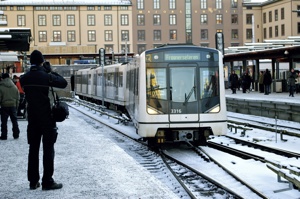
Public transport was the only alternative. Guiding his subjects, King Olav appeared on Holmenkollbanen one Sunday with his skis and his dog, sitting next to a young woman, both ready for a day of cross-country skiing in the hills above Oslo. This time around, his son got to sit next to the same passenger.
“I had run aboard to grab the last empty seat, and at first I didn’t realize I had plumped down next to the king,” the woman, Berit Okkenhaug, recalled in an interview on NRK radio. “But when I did, I got very shy and looked mostly down on his dog.”
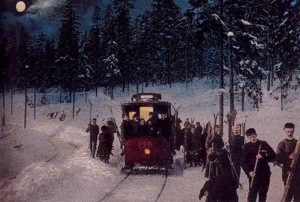
There just happened to be a pack of press photographers on the train, and the photos of the king taking the train are now famous.
Holmenkollbanen opened in 1898, as a result of an unusual business idea. While most transit systems are built to bring workers from home to their workplace and back, this one appeared to take people to where no one at all lived. The line connected the city to its forested hills, rarely visited by others than loggers, hunters and the occasional bear. Suddenly, this remote area came within reach of most people.
But along with their railway, the creators of Holmenkollbanen went into real estate in a big way. They purchased a large corridor of land on both sides of the rails, then sold it as high-end residential property. Later, similar business models were used to develop more transit lines to the west of the city — Sognsvannsbanen, Røabanen and Bærumsbanen.
The sleek, ivory-colored trains now climbing the Holmenkollen ridge are really a novelty. For much of its history, Holmenkollenbanen used wooden cars, cherished for their attractive teak design but known to catch fire easily. Two individual cars could be joined, but no one ever thought that longer trains would be needed, so bigger stations with longer platforms were never part of the plan. Such fundamental limitations are evident even today, when short platforms force trains to keep their rear cars locked as they will not fit into some of the stations.
Views and News from Norway/Morten Møst
Join our Forum if you’d like to comment on this story.

